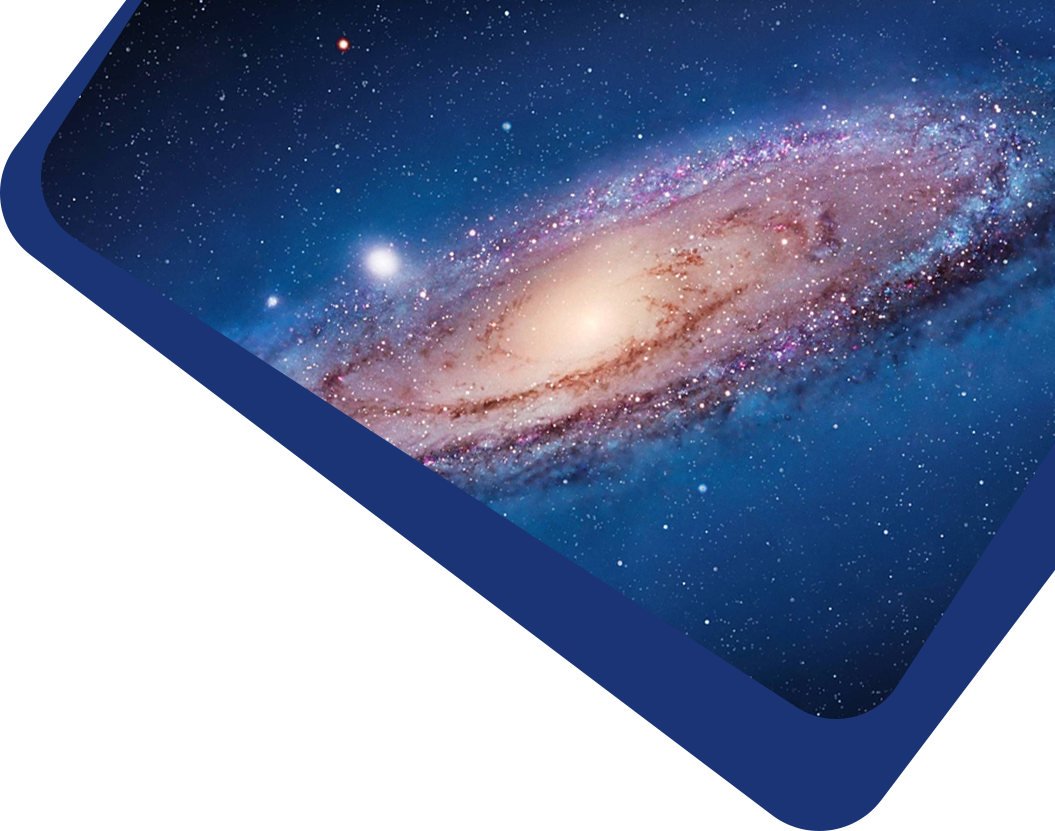We present the results of the multi-epoch broadband spectral study of 1ES 2344+514 and study the evolution of physical parameters. We used nearly simultaneous data obtained from 2017 June 6 to 2022 August 6 (MJD 57910–59797) in optical, UV, X-ray and γ-ray wavebands from various instruments including Swift-UVOT, Swift-XRT, Nuclear Spectroscopic Telescope Array (NuSTAR), AstroSat (SXT and LAXPC), Fermi-LAT, and TeV flux from MAGIC. During 2017 July, 1ES 2344+514 appeared to be in the highest flaring state compared to other periods. We used the 0.5–7.0 keV and 3.0–20.0 keV data, respectively, from SXT and LAXPC of AstroSat and also 0.3–8.0 keV and 3.0–79.0 keV data, respectively, from Swift-XRT and NuSTAR. A joint fit between SXT and LAXPC, and between Swift-XRT and NuSTAR has been done for constraining the synchrotron peak. A clear shift in the synchrotron peak has been observed, which included 1ES 2344+514 in the HSP BL Lac family. A “harder-when-brighter” trend is observed in X-rays, and the opposite trend, i.e., “softer-when-brighter,” is seen in the γ-rays. The multi-epoch broadband spectral energy distributions (SEDs) of this source were built and studied to get an idea of the radiation processes. The SEDs were fitted using a steady-state leptonic one-zone synchrotron+SSC model, and the fitted parameters of the emission region are consistent with those of other TeV BL Lacs. In this study, we found a weak correlation tendency between bolometric luminosity and magnetic field (B), as well as between bolometric luminosity and the break Lorentz factor (γbreak).



